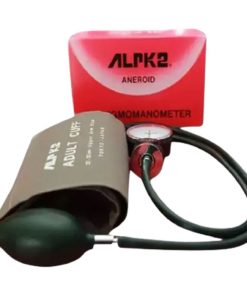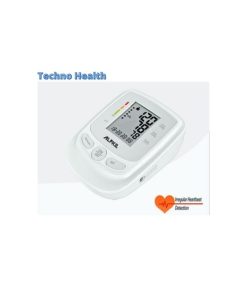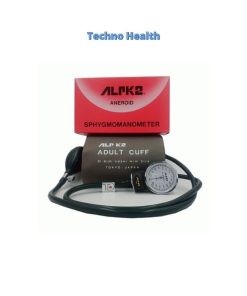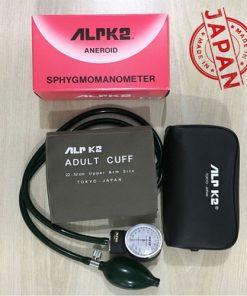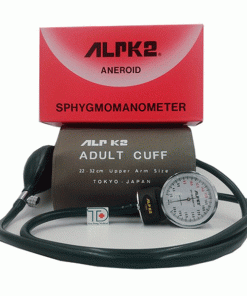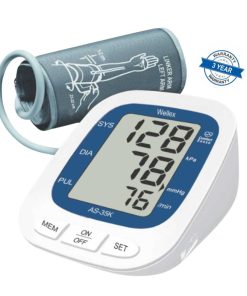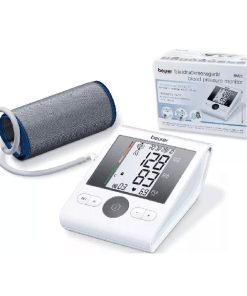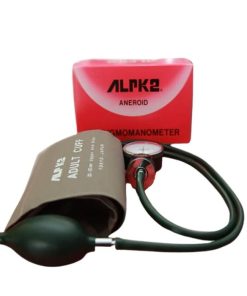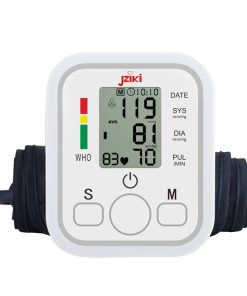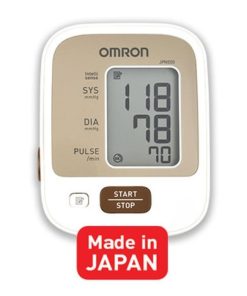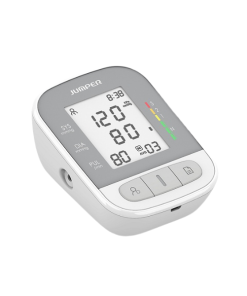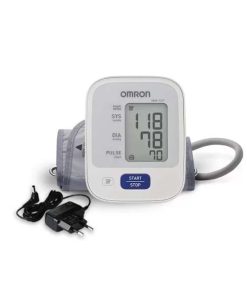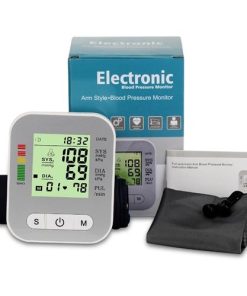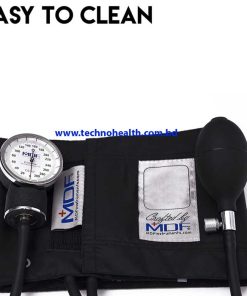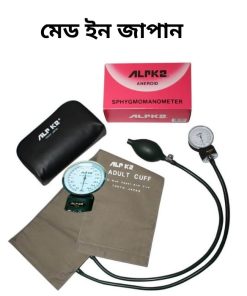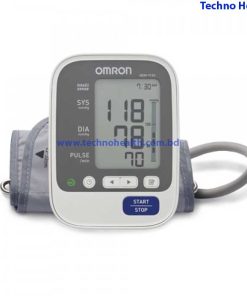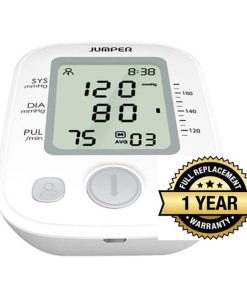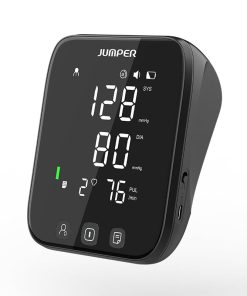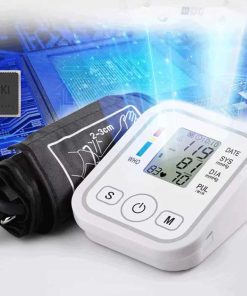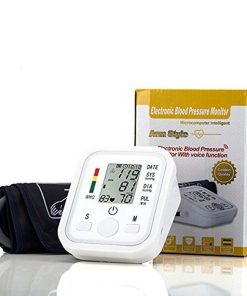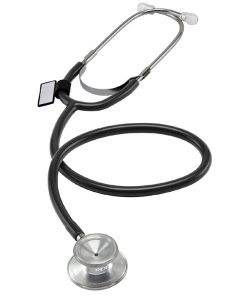Blood Pressure Machine
Blood Pressure Machine
Blood Pressure Machine
Blood Pressure Machine
Alpk2 Manual Blood Pressure Machine | Adjustable Cuff Large Arm Friendly
Blood Pressure Machine
Blood Pressure Machine
Blood Pressure Machine
Blood Pressure Machine
Blood Pressure Machine
Blood Pressure Machine
Digital blood pressure (BP) monitor machine – High accuracy result
Blood Pressure Machine
Blood Pressure Machine
Blood Pressure Machine
Blood Pressure Machine
Blood Pressure Machine
Electronic RAK289 LCD Screen Digital Blood Pressure Monitor / Digital Blood Pressure machine
Blood Pressure Machine
Blood Pressure Machine
Blood Pressure Machine
Japanese Digital Blood Pressure Machine | Portable BP Monitor
Blood Pressure Machine
Blood Pressure Machine
Blood Pressure Machine
Jziki Digital Blood Pressure Machine | Easy to Use | Pulse Rate Monitoring Meter
Blood Pressure Machine
Blood Pressure Machine
Blood Pressure Machine
MDF Acoustica Lightweight Stethoscope – Original MDF Stethoscope- Made in USA
Buy a Blood Pressure Machine from Techno Health in Bangladesh
It is important to monitor your blood pressure constantly to ensure good health. Blood pressure machines allow you to monitor your blood pressure at home so that you can take proper care of your health. The best digital blood pressure machine in Bangladesh is usually a consideration of both quality and price. When looking at the digital blood pressure machine price in Bangladesh, consumers generally seek a balance between accuracy and value. At Techno Health, we understand the prior importance of maintaining your blood pressure for a healthy lifestyle. Our high-end range of quality-guaranteed, original blood pressure machines in Bangladesh is the ideal option for you. Browsing through the different options that exist will help identify the best blood pressure machine price in Bangladesh that will fit your individual needs and budget. We have an assortment of high-branded machines that are well known for their accuracy and long life.
Blood Pressure Machine Price in Bangladesh
From our best selection, the latest blood pressure machine price in Bangladesh starts from TK 1200. Techno Health believes that accurate and reliable health monitoring devices should be accessible to everyone. That’s why we offer competitive prices on all our blood pressure machines. When considering the BP machine price in bd, you'll find our range caters to various needs and budgets. We have a wide variety of BP Machines for all, be it a high-end model or a budget-friendly one. Our special pricing strategy gives you the best value for your money- without compromising on quality because we know the value of affordability. For those specifically searching for the bp machine price in bangladesh, Techno Health provides a transparent and competitive pricing structure across our entire collection.
Why Choose Techno Health to Buy the Best Blood Pressure Machine?
Techno Health is dedicated to providing reliable and accurate health monitoring devices. Regarding blood pressure machines, we offer only the best and original BP machines. All of our blood pressure machines have an official warranty of 2-5 years. With our competitive prices, expert guidance, commitment to customer satisfaction, and reliable service, you can get the best quality and original products from us. Whether looking for digital BP monitors or traditional analog blood pressure devices, you can find the best blood pressure machines at Techno Health. We offer a wide range of manual and digital models from trusted brands like Omron, Beurer, Alpk2, Jumper, and Microlife. So, buy an authentic blood pressure machine from us and monitor your blood pressure effectively.
BP Machine |
Price in BD |
|
৳ 2,000 |
|
|
৳ 3,440 |
|
|
৳ 2,900 |
|
|
৳ 3,000 |
|
|
৳ 4,000 |
|
|
৳ 3,500 |
|
|
৳ 4,100 |
|
|
৳ 3,700 |
|
|
৳ 4,000 |
|
|
৳ 4,590 |

